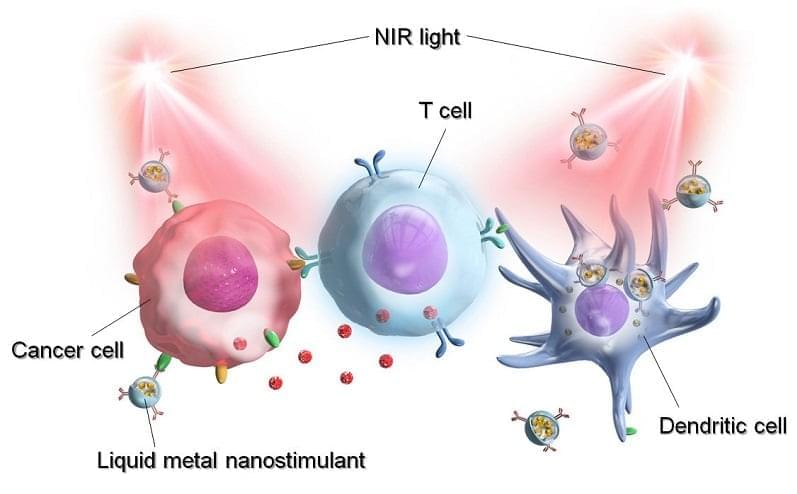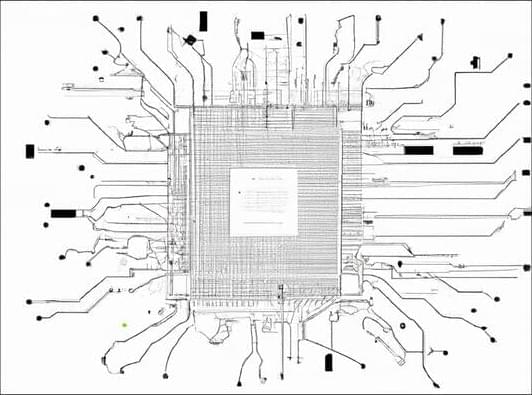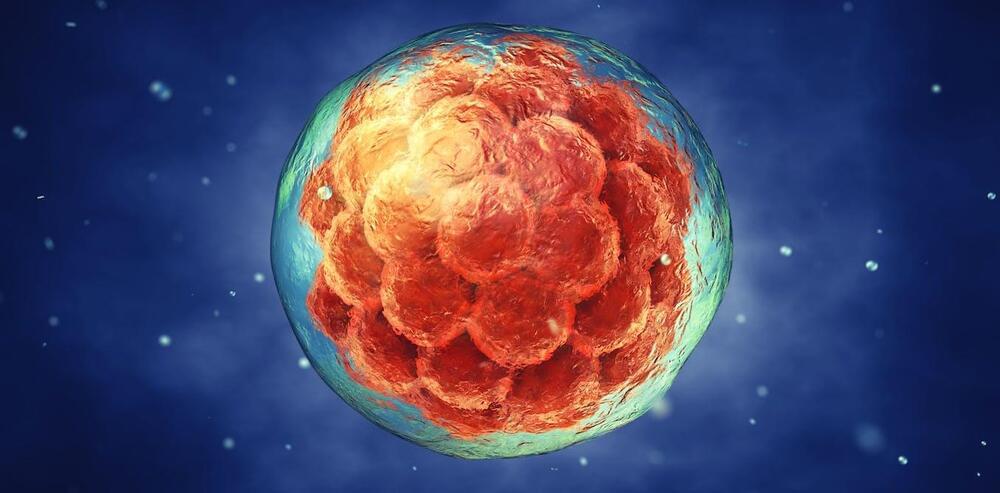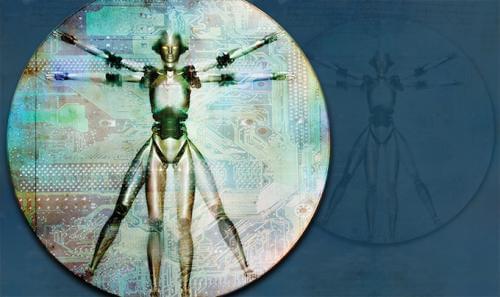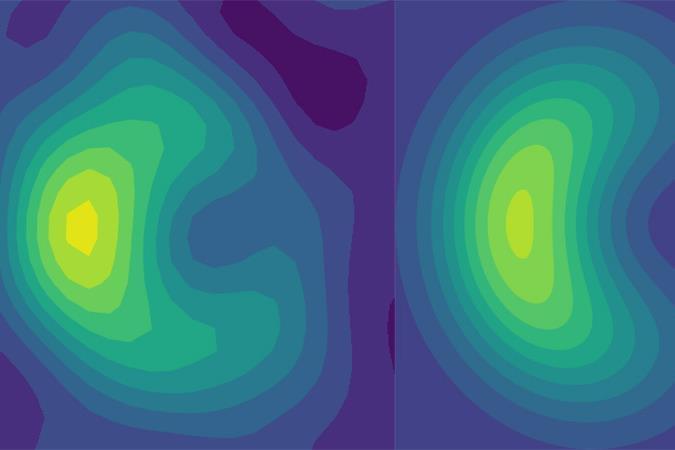More noninvasive cancer treatments are being made:
A research group from Japan Advanced Institute of Science and Technology (JAIST) developed light-activatable, liquid metal (LM) nanoparticles for cancer diagnosis and treatment via photoimmunotherapy. The LM nanoparticles can target and destroy cancer cells and can be fluorescently tagged to function as reporters to identify and eliminate tumors in vivo.
Gallium (Ga)-based LM nanoparticles are promising nanoscale materials for biomedical applications due to their physicochemical properties, including flexibility, easy surface modification, efficient photothermal conversion, and high biocompatibility.
